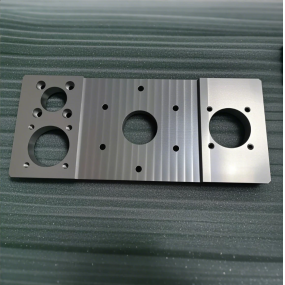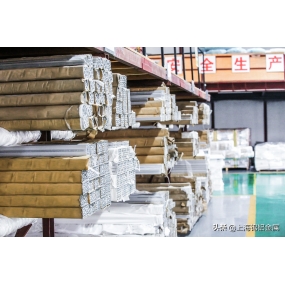Hvorfor skal stampende mold poleres? The main purpose of polishing is twofold. Firstly, it can increase the brightness of the mold and improve the aesthetic appearance of the workpiece. For det andre kan det gjøre moldvarpen lett å demolere.
1. Mechanical polishing: Mechanical polishing is a method of polishing a smooth surface by removing the convex parts after polishing through deformation processes such as cutting precision stamping molds and plastic deformation of material surfaces. For precision stamping workpieces with high surface quality requirements, ultra precision polishing can be used. Ultra precision polishing uses specially designed grinding tools, which are pressed tightly against the surface of the workpiece to be processed in a polishing solution containing abrasives, and perform high-speed rotational motion.

2. Elektrolytisk polishing: Precision stampende molder kan rofiseres ved å fjerne små protrusjoner på materialoverflaten gjennom elektrolytisk polishing, sammenlignet med kjemisk polishing, kan den eliminere påvirkningen av katokodiaske reaksjoner og oppnå bedre resultater.
3. Ultrasonic polishing: Place the material to be polished into a grinding suspension and place it together in an ultrasonic field. Then, through the oscillation of ultrasonic waves, the abrasive is ground and polished on the surface of precision stamped workpieces. Ultrasonic processing has low macroscopic force and will not cause deformation of the workpiece, but it will make the production and installation of precision stamped workpieces more difficult. Ultrasonic processing can be combined with chemical or electrolytic methods. On the basis of solution corrosion and electrolysis, ultrasonic vibration is applied to stir the solution, causing the dissolved products on the surface of the workpiece to detach and the corrosion or electrolyte near the surface to be uniform; The cavitation effect of ultrasound in liquid can also suppress the corrosion process, which is beneficial for the surface brightening of precision stamped workpieces.


 English
English Spanish
Spanish Arabic
Arabic French
French Portuguese
Portuguese Belarusian
Belarusian Japanese
Japanese Russian
Russian Malay
Malay Icelandic
Icelandic Bulgarian
Bulgarian Azerbaijani
Azerbaijani Estonian
Estonian Irish
Irish Polish
Polish Persian
Persian Boolean
Boolean Danish
Danish German
German Filipino
Filipino Finnish
Finnish Korean
Korean Dutch
Dutch Galician
Galician Catalan
Catalan Czech
Czech Croatian
Croatian Latin
Latin Latvian
Latvian Romanian
Romanian Maltese
Maltese Macedonian
Macedonian Swedish
Swedish Serbian
Serbian Slovak
Slovak Slovenian
Slovenian Swahili
Swahili Thai
Thai Turkish
Turkish Welsh
Welsh Urdu
Urdu Ukrainian
Ukrainian Greek
Greek Hungarian
Hungarian Italian
Italian Yiddish
Yiddish Indonesian
Indonesian Vietnamese
Vietnamese Haitian Creole
Haitian Creole Spanish Basque
Spanish Basque











